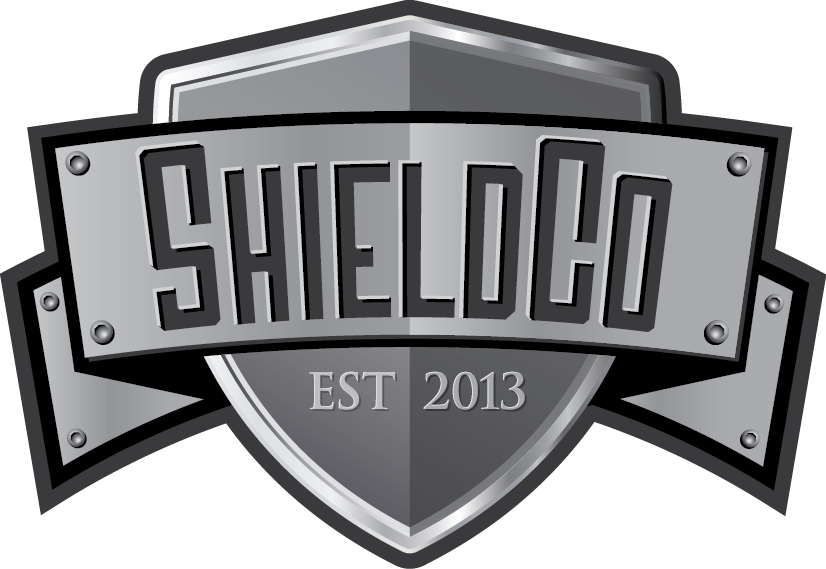Logos are a part of human expression. From as far back as the 15th century, logos have been used in the form of family crests and religious symbols. They may not have been called logos back then, but they served the same purpose as present-day logos: symbolism. Humans develop perceptions of the world based on relatable signs and symbols. For instance, a tree is generally symbolic of growth and prosperity. This article briefly describes the evolution of logos as the symbolic images we know today.
Early 1700s
Leading up to the early 1700s, families, dynasties and cultures used a variety of representative symbols. The symbols used in family crests and religious emblems were iconic and ubiquitously knows to be associated with particular themes or concepts. Many of the symbols we presently use stem from those used in this era.
The Industrial Revolution (circa 1840)
The Industrial Revolution was the turning point of business evolution. Companies quickly realized that consumers focused more on brands than products as mass production became commonplace. For instance, they no longer just bought milk. Instead, they searched for a particular brand of milk. As a result, brand identity became very important. Marketing began to blossom as a crucial part of a business. Businesses quickly realized that simple symbols wouldn’t give them a competitive edge in the growing marketplace. Consistent design was another major concern. The logo, therefore, evolved into a more potent symbol that gave a brand its identity.
Modern-Day Logos
Technology has changed the way people interact with brands. Greater emphasis is being placed on establishing a digital presence to keep up with the demands of active social media and internet users. This shift has resulted in the prevalence of brightly colored, 3 dimensional, and shiny logos. Simplicity is also the name of the game. Brands try to ensure that their logos have one or more of the following elements:
· minimalistic designs that truly catch the eye
· effective use of negative space
· hand drawn graphics which add authenticity
· bold lines
· vintage inspiration
The rise in digital marketing doesn’t negate the fact that logos should be adaptable to print. Savvy business owners create a logo that can be used in both media. They also ensure that their logo is included in the custom business signage. Logos are a brand. Ensure that your business has a well-designed logo that can be used in several applications, especially custom metal signage.

